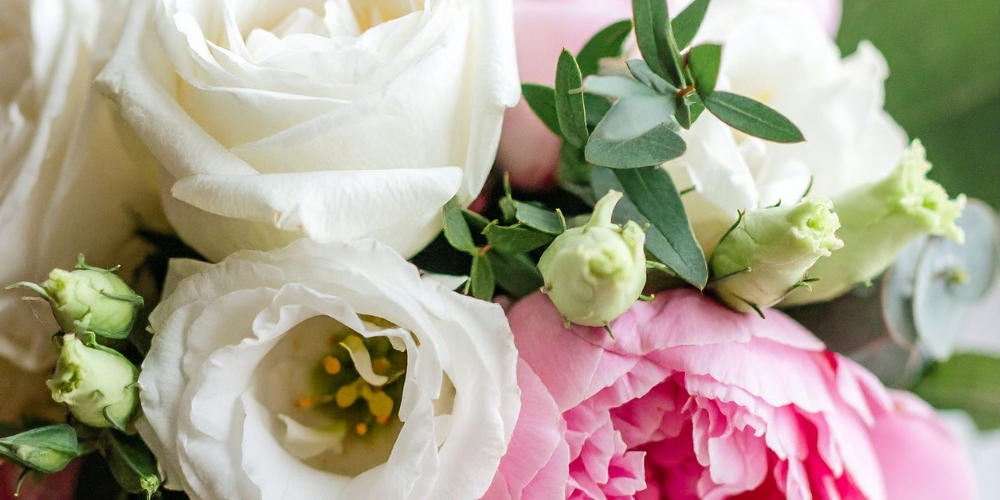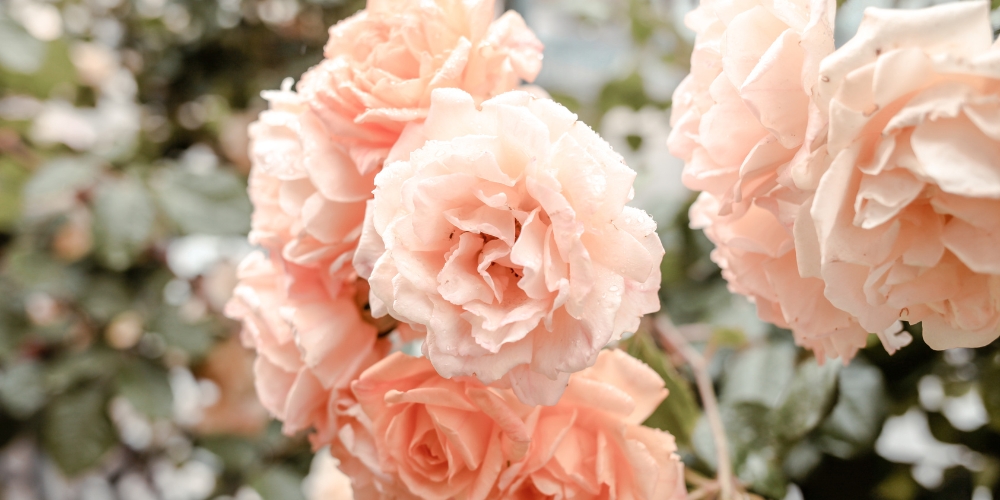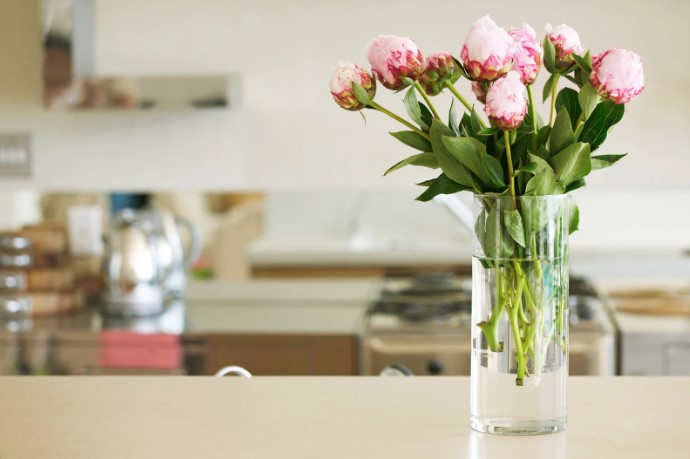Orchids are celebrated for their sculptural beauty and vibrant colors, making them a sought-after choice for special occasions and everyday luxury alike. Whether you’ve received a thoughtful bouquet through My Peonika orchids delivery or picked up a live orchid from a local florist, keeping these delicate flowers fresh in the humid Miami climate or the bustling energy of New York requires specific care. Discover proven tips to maximize the longevity of your orchids, maintain their elegance, and continue enjoying their charm well after delivery.
Essential Steps for Freshly Delivered Orchids in Miami and New York
Upon receiving an orchid bouquet or potted plant, the first moments are crucial for ensuring long-lasting freshness. Unlike many cut flowers, orchids have unique needs shaped by their tropical origins. For residents of Miami, where humidity is high and sunlight plentiful, and those in New York, with its dynamic seasons and indoor heating, initial care habits set the tone for how beautifully your orchids will thrive.
Begin by carefully unwrapping the orchid. If arranged in a vase, refresh the water immediately using tepid, filtered water to prevent mineral build-up. For potted orchids, check the potting media—most orchids grow best in a chunky mix of bark or sphagnum moss, not dense soil. Remove any wilted blooms or damaged leaves to reduce the risk of bacteria or fungal growth.
Location is key: place your orchids in bright, indirect light. South- or east-facing windows are ideal, but avoid direct midday sun, which can scorch sensitive petals. In Miami’s tropical environment, keep your orchids away from air conditioning vents to prevent dehydration. In New York apartments, avoid drafts from windows or radiators that can shock the plant.
Hydration is another essential factor. Orchids prefer to dry out between waterings. Depending on your local climate, water once every 7–10 days, adjusting more frequently in Miami’s heat and less during New York’s cool winters. Always allow water to drain completely—orchids are sensitive to root rot if left sitting in moisture.
Regular misting can enhance humidity, especially in air-conditioned rooms or during winter. However, avoid soaking the flowers directly. For cut orchid arrangements, change the water every two days and trim the stems by half an inch at an angle to promote water absorption.
Temperature, Light, and Feeding: Key Factors for Orchid Longevity
Caring for orchids in urban environments presents distinct challenges. Both temperature and lighting directly impact the health and longevity of these elegant blooms. Orchids flourish in environments mimicking their natural habitat—warm days, cooler nights, and filtered sunlight.
Optimal Temperature Ranges
For Miami’s subtropical conditions, keep orchids in rooms where daytime temperatures range from 65°F to 80°F and night temperatures dip slightly, but not below 60°F. In New York, where indoor heating during winter can dry air and elevate temperatures, maintain humidity by clustering orchids together or placing plants on water-filled pebble trays. This technique prevents roots from sitting in water while increasing airborne moisture.
Strategic Placement for Sunlight
Orchids need an abundance of gentle light. Too little light stalls blooming; too much can scorch leaves and petals. For apartment dwellers or homes with limited natural light, consider using grow lights with timers. Position orchids several inches below the light source, simulating dawn and dusk with 12–14 hours of “daytime” exposure.

Rotate your plant every few days to ensure even exposure. An orchid with lush, green leaves may not bloom if light is insufficient, so observe the color: yellow-green leaves suggest ideal lighting, while dark green indicates a need for more brightness.
Feeding for Resilient Blooms
Orchids benefit from regular, gentle feeding. Choose a balanced, water-soluble fertilizer formulated for orchids, diluted to half the recommended strength. Feed every two to four weeks during the growing season; scale back in winter. Avoid overfeeding—excess nutrients can damage roots or inhibit blooming.
Expert orchid caretakers also recommend pruning spent blooms (flower spikes) once they fade. Use sterilized scissors and trim the spike just above a node or healthy joint; this can encourage secondary spikes or reblooming, especially for the popular Phalaenopsis variety.
Humidity control is vital—orchids thrive at 40–70% humidity. In Miami, natural humidity often suffices, but in New York, especially with central heating, you may need to mist orchids or use a humidifier. Regularly wipe leaves with a soft, damp cloth to remove dust and open stomata for better air exchange.
For those seeking ongoing enjoyment of orchids without the hassle of sourcing and transporting these delicate flowers, the company My Peonika offers on its website mypeonika.com seamless flower delivery Miami tailored to the unique environment and aesthetic preferences of the region.
Orchid Arrangement Maintenance: Keeping Your Blooms Pristine
Proper maintenance is essential for enjoying your orchids as centerpieces or part of mixed arrangements. Whether you’re displaying a sophisticated arrangement or enhancing a gift bouquet, a few simple practices will keep flowers fresh and alluring.
- Inspect blooms and leaves daily for signs of wilting, bacterial soft spots, or fungal growth. Remove any unhealthy parts promptly with sterilized shears.
- Replenish water in vases every 48 hours to prevent bacterial build-up. Use filtered or distilled water for best results.
- Clean vases and containers thoroughly using gentle soap and hot water before refilling.
- Support long stems with slender stakes or decorative sticks to prevent drooping, especially in arrangements including other long-stemmed flowers.
- Avoid placing orchids near ripening fruit, as ethylene gas accelerates wilting.
- Trim stem ends regularly at a diagonal with a sharp, clean knife or scissors for optimal water intake.
- Keep arrangements away from heating and cooling vents, as fluctuating air can dry blooms.
For those who adore combining elegant orchids with textural accents, My Peonika presents an inspired selection at https://mypeonika.com/collections/gypsophila-flowers for unique bouquet combinations that elevate interior décor and create lasting impressions.
Orchid Care Through the Seasons: Adapting to Miami and New York Climates
Seasonal changes impact orchid care, especially in cities known for their climate extremes. In Miami, summer means high humidity and risk of overwatering, so monitor roots closely and reduce watering frequency. Place orchids where morning sun is accessible, but shield them during afternoon heat to prevent leaf burn.
Winter in New York presents different challenges. Dry indoor air, caused by heating systems, can stress orchids. Address this by grouping plants, misting regularly, and avoiding placement near radiators or drafty windows. Supplemental lighting may become necessary as natural daylight diminishes. During spring and fall, monitor the shift in temperature and light, adjusting placement and watering routines accordingly.
In both cities, avoid sudden temperature shocks such as moving orchids from cool outdoor air directly into heated rooms. Gradually acclimate your plants to new conditions to reduce stress and maintain vigorous blooms. Remember, subtle tweaks in placement, light, and routine often yield dramatic improvements in longevity and beauty.

The Lasting Appeal of Orchids: Enjoyment Beyond Delivery
Orchids remain a timeless favorite for flower enthusiasts across Miami and New York, bringing understated elegance and vibrant color to any space. With the right care—meticulous hydration, strategic placement, and gentle maintenance—these sophisticated flowers will thrive far beyond their first days. Thoughtful attention ensures your orchids seduce the senses and grace your home, office, or special event with enduring beauty.

